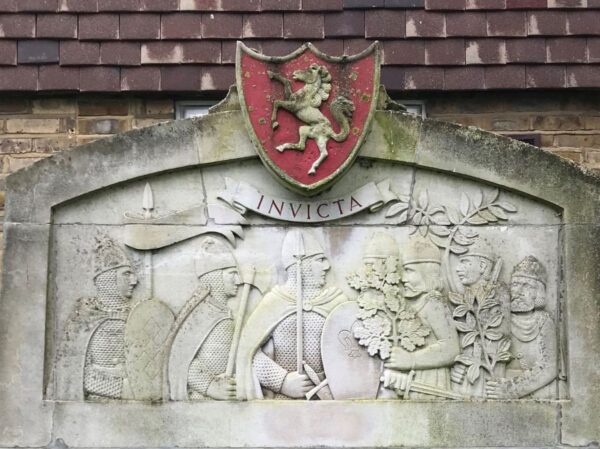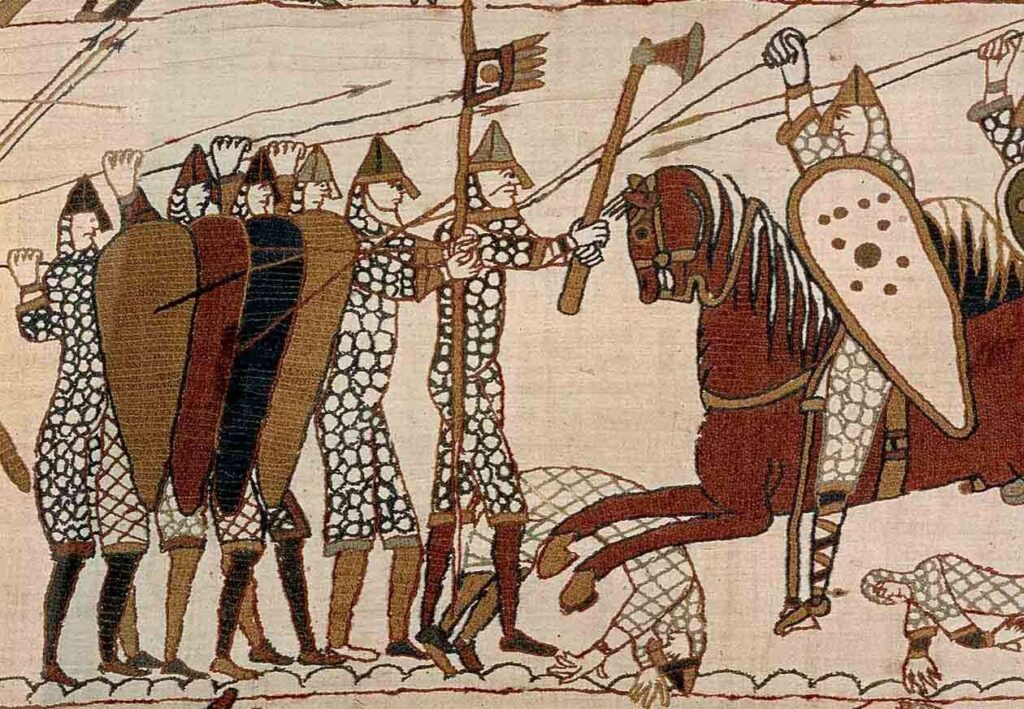What is in a name?
9 October 2023

“What’s in a name? That which we call a rose by any other name would smell just as sweet.”
William Shakespeare uses this line in Romeo and Juliet to suggest the naming of things is irrelevant. When it comes to public art he may be right, as people who live with the things in their environment will naturally start to name their own landmarks as they see fit.
That being said, I thought I might be able to use the title of this work to express something that was quite important in the story of its development and its very unique connection to Ebbsfleet Green.
Of all the incredible facts and stories I learnt about in the very long history of Ebbsfleet Green and its surrounding area…..from Stone Age rhinoceros bones, to Roman Springhead, to Saxon Eastgate and Northfleet, to Viking Swanscombe, to saffron growing and cherry orchards of the Middle Ages, cement production in the Industrial Revolution, to a Victorian and Edwardian pleasure gardens with watercress plantation, archery and bear pits, to woodlands and cornfields, to the 1960’s Central Electricity Generating Board….was the one about William the Conqueror!
Local folklore describes a meeting between William the Conqueror and the ‘Kentishmen of Swanscombe’ immediately after the battle of Hastings in 1066. The Duke of Normandy and his men camped in Swanscombe Wood just north of Watling Street (now called the A2) and were ambushed by a ‘moving forest’, a Knights army disguised with branches. They held a branch (symbolising treaty) and a sword (symbolising war) and told the Duke to choose. The legend suggests caught by surprise instead of battle they made a peace deal which enabled the county to keep their laws and privileges. This event inspired the Kent County motto “Invicta”, meaning unconquered.
I was very inspired by this significant moment that may well have occurred somewhere on Ebbsfleet Green, symbolising the coming together of different people amongst a tree setting to talk. It struck a chord for me with the art themes raised from within the community to celebrate NATURE + PEOPLE and how they may be expressed through the creation of this space, planting these tree roots, the growth of these branches, and the threads and connections of the community with the earth here.
In recognition of these ideas with a name in a language that would have been spoken and perhaps be familiar to these Kentishmen and Kentishmaids all those years ago – Anglo Saxon, specifically with Kentish dialect – the artwork will be named….
YERTH THREDDLE
In the Old English-Kentish dialect, ’YERTH’ means ‘earth’ and ‘THREDDLE’ means ‘to thread’. It is a reference to the connection with the earth through the establishment and growth of both tree roots and community roots, embodied by these shimmering steel threads.

Anglo Saxon knights in a scene from the Bayeux Tapestry © Alamy